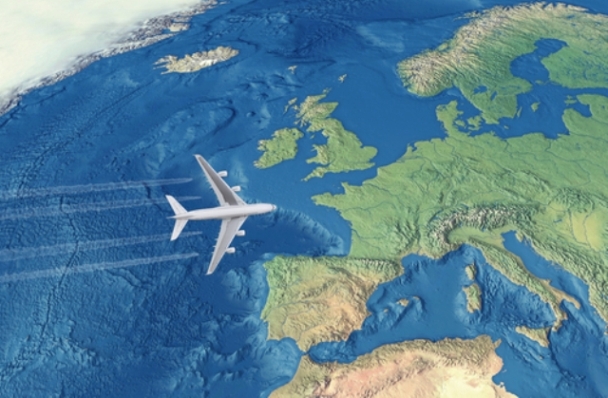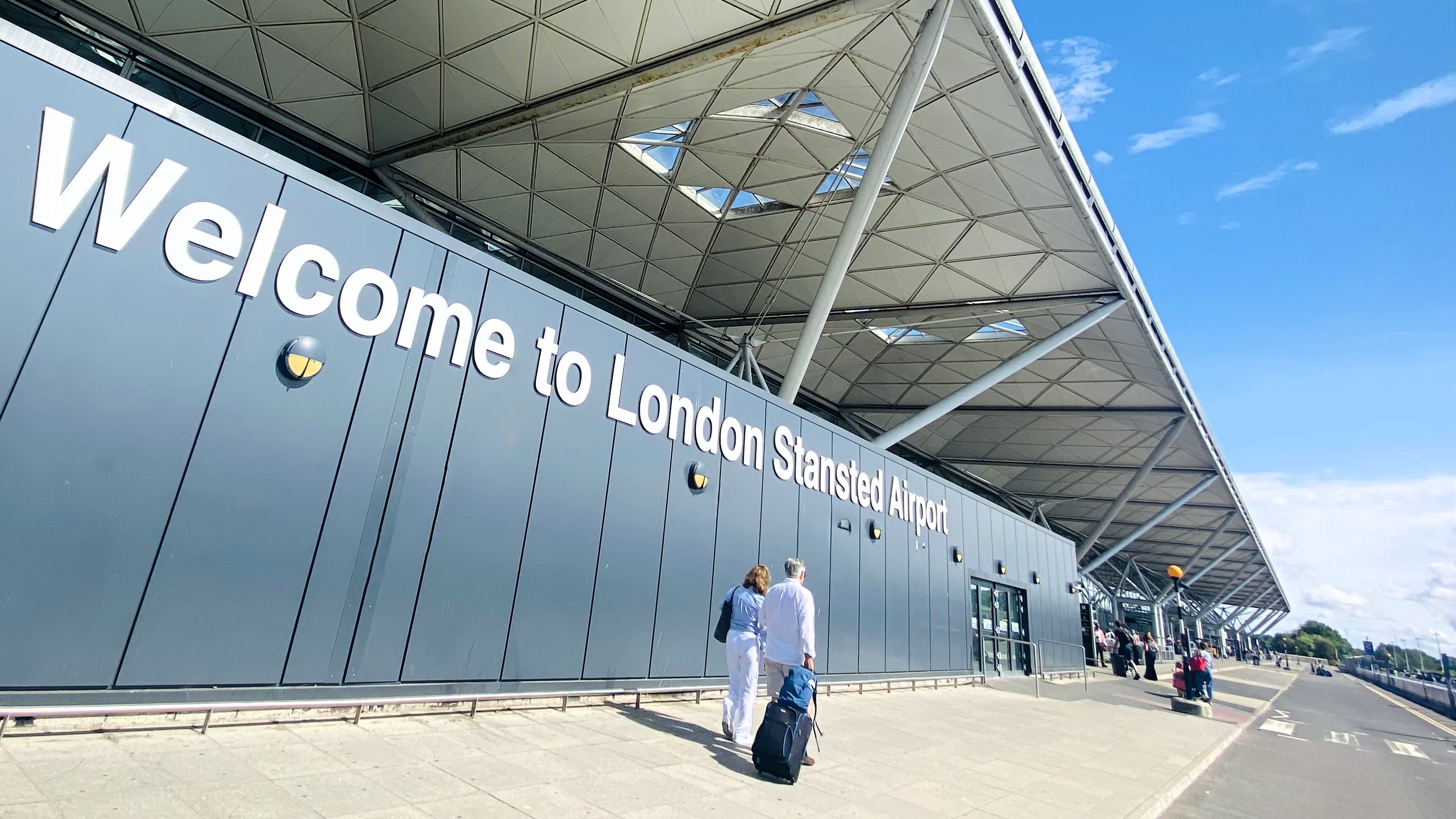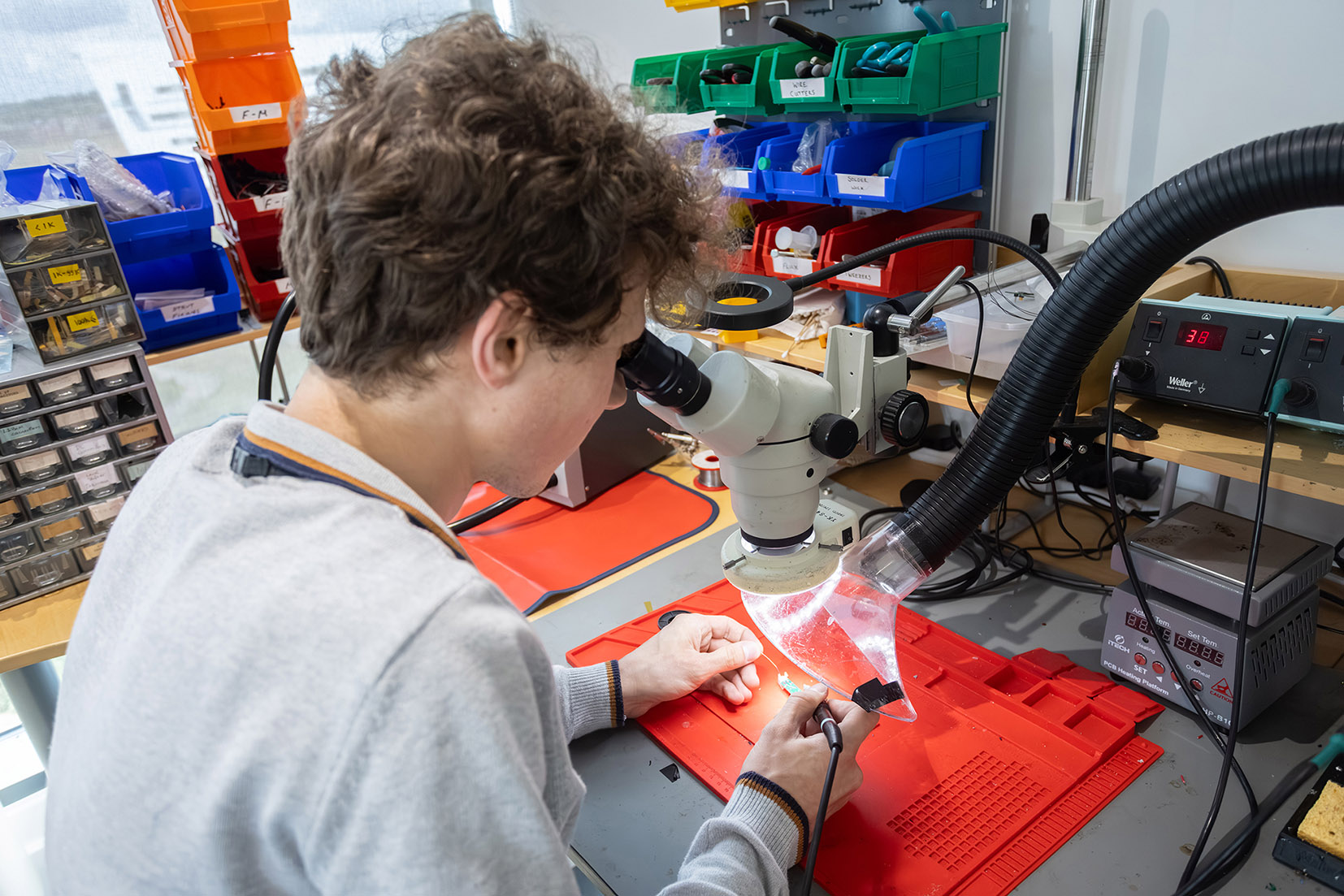IATA calls on governments to protect jobs and aid recovery

Image copyright Shutterstock
IATA’s analysis shows that the potential revenue loss by European carriers in 2020 has grown to $89 billion and passenger demand (measured in Revenue Passenger Kilometres) is projected to be 55% below 2019 levels. This is an increase over the previous estimates (released 24th March) of $76 billion and 46% respectively.
Overall, IATA estimateS that the present 90% collapse in air traffic puts around 6.7 million jobs at risk and could lead to a negative GDP impact of $452 billion across Europe. This equates to an additional 1.1 million jobs and $74 billion in GDP over the March estimates of 5.6 million jobs and $378 billion.
The increasing risk to jobs and GDP is due to a greater impact than previously expected from the air travel restrictions introduced as a result of the COVID-19 pandemic. IATA’s new analysis is based on a scenario of severe travel restrictions lasting for three months, with a gradual lifting of restrictions in domestic markets, followed by regional and intercontinental travel.
Some of the impacts at national level include:
- United Kingdom: 140 million fewer passengers resulting in a $26.1bn revenue loss, risking almost 661,200 jobs and around $50.3bn in contribution to the UK economy.
- Spain :114 million fewer passengers resulting in a $15.5bn revenue loss, risking 901,300 jobs and $59.4bn in contribution to Spain’s economy.
- Germany: 103 million fewer passengers resulting in a $17.9bn revenue loss, risking 483,600 jobs and $34bn in contribution to Germany’s economy.
- Italy: 83 million fewer passengers resulting in a $11.5bn revenue loss, risking 310,400 jobs and $21.1bn in contribution to Italy’s economy.
- France: 80 million fewer passengers resulting in a $14.3bn revenue loss, risking 392,500 jobs and $35.2bn in contribution to France’s economy.
It is essential that governments move quickly to minimize this economic damage. Among the first priorities should be direct financial support, loans and tax relief to airlines. Regulatory relief is also crucial, especially a temporary amendment to EU261 to give greater flexibility on the terms of repayments for cancelled flights.
“Every job created in the aviation industry supports another 24 jobs in the wider economy. Unfortunately, that means that when aviation jobs disappear, the impact is magnified across the economy. Our latest impact assessment shows that the number of jobs at risk has increased to 6.7 million across Europe. As airlines face an unprecedented liquidity crisis, we desperately need European government financial and regulatory support,“ said Rafael Schvartzman, IATA’s Regional Vice President for Europe.
Restarting air travel
While airlines fight for survival, the industry is looking to plan for a restart of air connectivity once restrictions begin to be lifted. A number of requirements to ensure a successful restart have been identified:
- Confidence-building measures will be needed to encourage a return to travel. This will mean governments providing economic stimulus, and coordinated measures to ensure that travel is safe
- Governments should lean on the industry’s operational expertise to ensure efficient results
- Global standards with mutual recognition will be essential for successful implementation
- Any temporary measures introduced by governments should be exercised with a clear exit strategy.
“The world will rely on airlines and air connectivity to restore the global economy. A successful restart of the industry will be crucial. To help with that, IATA is hosting a series of regional summits to bring governments and key stakeholders together, to maximise the chances of an orderly restart. Harmonisation and coordination of measures will be vital. And as always, we will be led by the science in terms of what can be implemented effectively,” said Schvartzman.
Earlier this wek, IATA called for governments to work with the industry on confidence-boosting measures in the face of an anticipated slow recovery in demand for air travel.
“Passenger confidence will suffer a double whammy even after the pandemic is contained—hit by personal economic concerns in the face of a looming recession on top of lingering concerns about the safety of travel. Governments and industry must be quick and coordinated with confidence-boosting measures,” said Alexandre de Juniac, IATA’s Director General and CEO.
An IATA-commissioned survey of recent travelers found that:
- 60% anticipate a return to travel within one to two months of containment of the COVID-19 pandemic but 40% indicate that they could wait six months or more
- 69% indicated that they could delay a return to travel until their personal financial situation stabilizes
Early indications of this cautious return-to-travel behavior are seen in the domestic markets of China and Australia, where new coronavirus infection rates have fallen to very low levels:
China: Domestic demand began to recover when the rate of new COVID-19 infections in China fell into single digits and rapidly headed towards zero (measured by new infections as a percentage of the seven-day moving average of total COVID-19 cases). While there was an early upswing from mid-February into the first week of March, the number of domestic flights plateaued at just over 40% of pre-COVID-19 levels. Actual demand is expected to be significantly weaker as load factors on these flights are reported to be low. China accounts for some 24% of all domestic passengers.
Australia: Domestic demand continued to deteriorate even after the rate of new infections fell into single digits which triggered an initial recovery in the Chinese domestic market. In fact, there is still no sign of a recovery (total domestic flights are at 10% of pre-COVID-19 levels) even as new infections nears zero. Australia accounts for 3% of all domestic travelers.
Domestic market behaviour is a critical indicator as the post-pandemic recovery is expected to be led by domestic travel, followed by regional and then intercontinental as governments progressively remove restrictions.
“In some economies, the spread of COVID-19 has slowed to the point where governments are planning to lift the most severe elements of social distancing restrictions. But an immediate rebound from the catastrophic fall in passenger demand appears unlikely. People still want to travel. But they are telling us that they want clarity on the economic situation and will likely wait for at least a few months after any ‘all clear’ before returning to the skies. As countries lift restrictions, confidence boosting measures will be critical to re-start travel and stimulate economies,” said de Juniac.
This week IATA is conducting regional summits with governments and industry partners to begin planning for an eventual re-start of the air transport industry. “The passenger business came to a halt with unilateral government actions to stop the spread of the virus. The industry re-start, however, must be built with trust and collaboration. And it must be guided by the best science we have available. Time is of the essence. We must start building a framework for a global approach that will give people the confidence that they need to travel once again. And, of course, this will need to be shored-up by economic stimulus measures to combat the impact of a recession,” said de Juniac.
Relief Measures
In addition to confidence-building and stimulus measures, the anticipated slow recovery also adds urgency to the need for emergency financial relief measures. IATA estimates that some 25 million jobs in aviation and its related value-chains, including the tourism sector, are at risk in the current crisis. Passenger revenues are expected to be $314 billion below 2019 (-55%) and airlines will burn through about $61 billion in liquidity in the second quarter alone as demand plummets by 80% or more.
Some governments have stepped up. Examples of relief measures over the last week include:
- Colombia added significant tax relief for airline tickets, jet fuel and tourism to their already comprehensive package of relief measures
- Hong Kong provided another HK$2 billion in relief, including purchasing 500,000 tickets in advance from Hong Kong based carriers to inject liquidity into the airlines.
- Senegal announced US$128 million in relief for the Tourism and Air Transport sector
- Seychelles has waived all landing and parking fees for April to December 2020.
The 41 Eurocontrol states and their air navigation service providers (ANSPs) delayed EUR1.1 billion in air navigation service charges for February-May until November and through to 2021. Last week a further 13 states and ANSPs also delayed terminal charges, totaling over EUR190 million, for a similar period.
“This is an emergency. Airlines around the world are struggling to survive. Virgin Australia which entered voluntary administration demonstrates that this risk is not theoretical. Governments will need financially viable airlines to lead the economic recovery. Many of them won’t be around to do that if they have run out of cash. The number of governments recognising that relief measures are needed is growing. But the crisis is also deepening. We thank the governments that have committed to provide the industry a lifeline and look forward to quick implementation. For the others, each day matters. Millions of jobs are at stake and relief cannot come fast enough,” said de Juniac.









